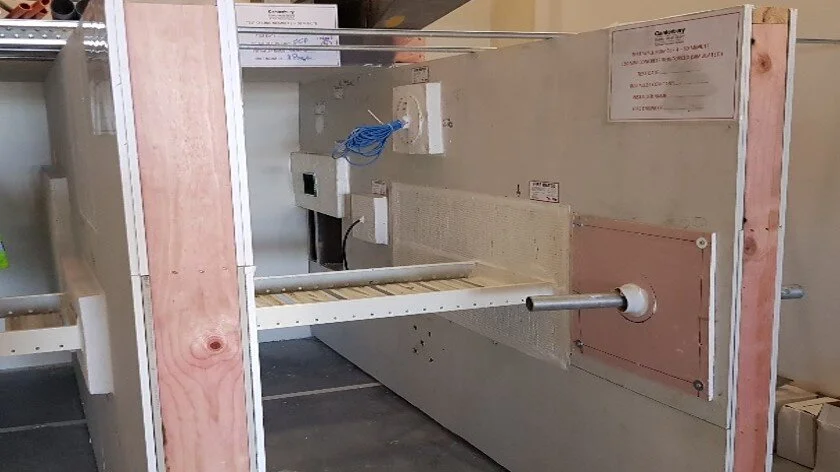Getting serious about Professional Passive Fire Protection
As safe as houses
This is a well known expression, and is taken to mean something you can rely on. As construction becomes more complex the achievement of the intrinsic safety of buildings has to progress; an understanding of how the design, the material choices and fire protection works together has to be appreciated and specified up-front.
This is reflected in the increased focus by building owners, and by the public, on what is being used to make a building's response to fire meet the building code and the desired outcome: escape without injury.
Proving compliance
Councils are demanding a greater level of detail from installers, so they can see what products were used for each installation and where they are located. This is usually expressed as a register, and supporting documentation for each penetration, be it a door, window or a simple pipe or cable that crosses between fire-cells in a building.
The proof of compliance lies in choosing products that have been shown to be compatible and to survive under fire. PFITS Laboratory is one such entity that provides lab testing, and design, and has some fantastic examples of tested systems holding back the transmission of heat, smoke and fire.
An additional step in the compliance picture is having the installer document each step in the installation. This includes the area to be worked on at arrival, after any substrate remediation steps, and then as each product is applied taking contextual pictures. This level of documentation allows fire engineers to see the quality of work that would normally be hidden under batt, or paint. This gives the customer confidence in the job that was done.
Building expertise and compliance
It has been shown many times over that building quality into a process is more cost effective than testing things at the end and then rejecting or having to rework them. When it comes to fire safety the consequences of approaching QA as an 'after the job check' does not necessarily make anyone safer, and does not contribute to a quality outcome. Indeed all you can 'QA' is that it looks right - but without destructive testing you have no idea of what is beneath the surface coat of paint...
Some indicative examples of the move to get it right before you start here in NZ are the Canterbury District Health Board (highly commended finalist in the NZIOB awards 2019) with their installer competency test & installation documentation system, Competenz who have recently launched their NZQA recognised passive installers qualification [Developed in association with the Fire Protection Association of New Zealand (FPANZ) and its members from the Passive Fire SIG (Special Interest Group)], and PFITS Consultancy who provide practical hands-on training.
The education and training offered allows companies to upskill and put themselves ahead of their competitors, and build understanding and expertise into the installation process. When you have the right staff there are additional benefits to being able to offer a career (rather than simply a job) that allows them to progress, do a better job resulting in them being likely to stick around. This saves on recruitment costs, staff turnover or dealing with poor work.
What happens next?
As an employer of passive fire installation staff, as a project manager receiving data from an installer, as the owner of a building, as an occupier of a building what do you want of the passive fire installation industry?
I would suggest in all these cases you would want to know that a good job was done, a job that was delivered with evidence of good practice, a job that was sufficiently documented to support BWOF requirements, a job that would lead to safe construction that met the brief: the very fabric of the building delivers time enough for people to escape without injury in the case of fire.
This can be achieved through the evidence-based professionalisation of this part of the construction process.


